Incident Management: Identify, Prioritize, Resolve!
Increase service quality by tracking the lifecycle of all incidents end-to-end with Incident Management; prevent operational disruptions with rapid response capability!
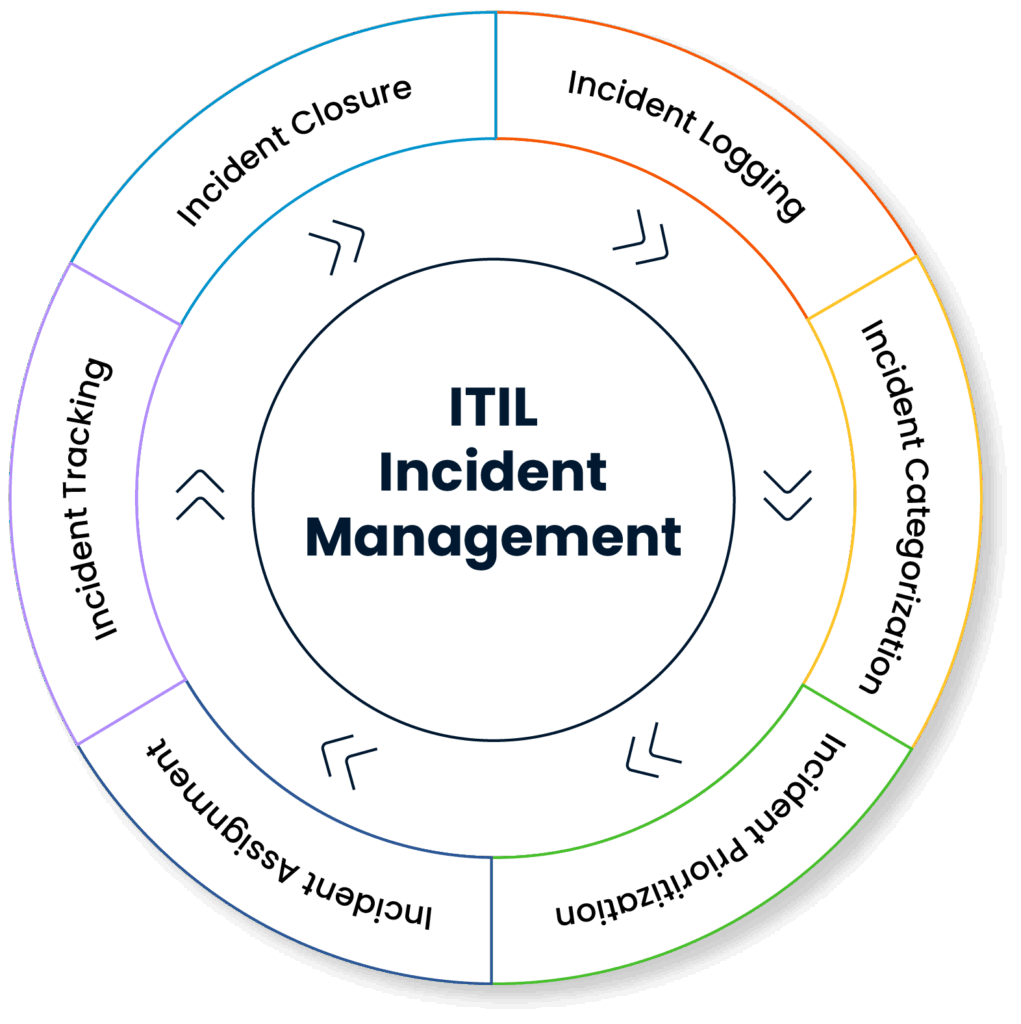

Increase service quality by tracking the lifecycle of all incidents end-to-end with Incident Management; prevent operational disruptions with rapid response capability!
Benefits of the Incident Management Module

Thanks to the collection and automatic routing of incidents in a centralized system, IT teams can intervene instantly. Coordination is facilitated with notifications and status updates throughout the process; critical processes are kept under follow-up by creating a problem log. This ensures service continuity.

Recording every incident and establishing structures suitable for root cause analysis prevents the same incidents from recurring. This approach contributes to the systematic resolution of failures and long-term improvements by establishing a problem-oriented system.
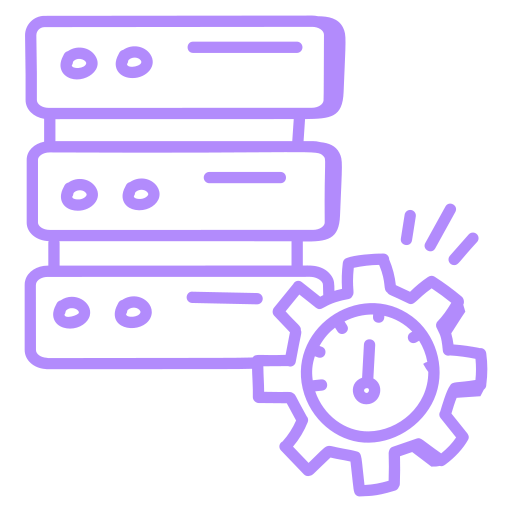
Data such as frequency of incidents, resolution time and impact on services become reportable. This enables managers and users to analyze performance and make the right decisions in resource planning. At the same time, the business impact of failures can be clearly measured.

Events are tracked according to predetermined SLA periods. Automatic escalation mechanisms prevent critical violations and maintain service level commitments. Every event record in the process enables auditability and performance tracking.

Who, when and how each incident is handled is recorded in the system. Transparency is ensured throughout the process and an auditable infrastructure is created. Effective incident management ensures traceability and accountability in all processes.
Thanks to the collection and automatic routing of incidents in a centralized system, IT teams can intervene instantly. Coordination is facilitated with notifications and status updates throughout the process; critical processes are kept under follow-up by creating a problem log. This ensures service continuity.
Recording every incident and establishing structures suitable for root cause analysis prevents the same incidents from recurring. This approach contributes to the systematic resolution of failures and long-term improvements by establishing a problem-oriented system.
Data such as frequency of incidents, resolution time and impact on services become reportable. This enables managers and users to analyze performance and make the right decisions in resource planning. At the same time, the business impact of failures can be clearly measured.
Events are tracked according to predetermined SLA periods. Automatic escalation mechanisms prevent critical violations and maintain service level commitments. Every event record in the process enables auditability and
Who, when and how each incident is handled is recorded in the system. Transparency is ensured throughout the process and an auditable infrastructure is created. Effective incident management ensures traceability and accountability in all processes.
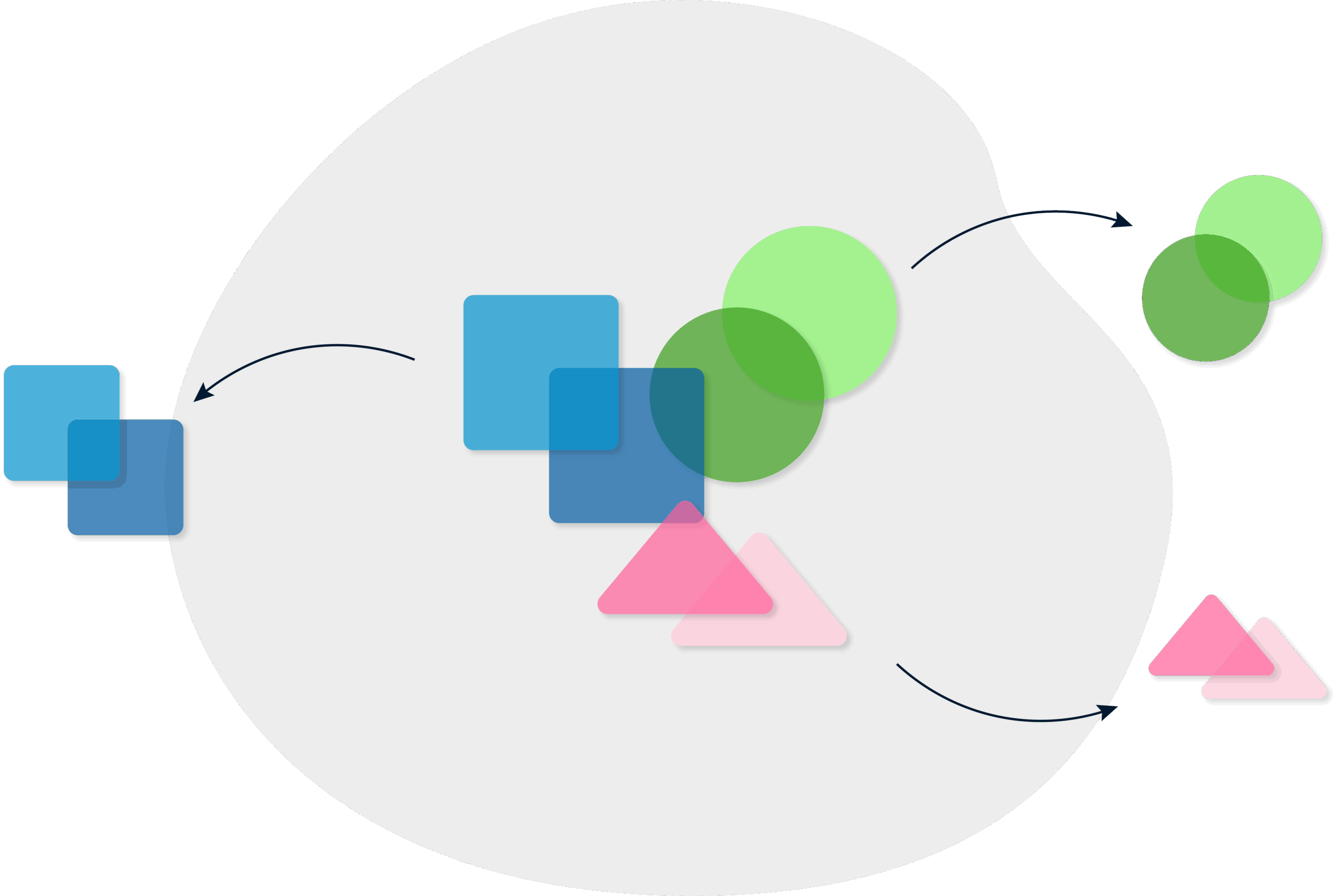
Warning: Undefined array key "background_image" in /home/spidyac/public_html/wp-content/plugins/elementor/includes/conditions.php on line 87
Warning: Trying to access array offset on value of type null in /home/spidyac/public_html/wp-content/plugins/elementor/includes/conditions.php on line 90
Warning: Undefined array key "background_image" in /home/spidyac/public_html/wp-content/plugins/elementor/includes/conditions.php on line 87
Warning: Trying to access array offset on value of type null in /home/spidyac/public_html/wp-content/plugins/elementor/includes/conditions.php on line 90
Warning: Undefined array key "background_image" in /home/spidyac/public_html/wp-content/plugins/elementor/includes/conditions.php on line 87
Warning: Trying to access array offset on value of type null in /home/spidyac/public_html/wp-content/plugins/elementor/includes/conditions.php on line 90
Warning: Undefined array key "background_image" in /home/spidyac/public_html/wp-content/plugins/elementor/includes/conditions.php on line 87
Warning: Trying to access array offset on value of type null in /home/spidyac/public_html/wp-content/plugins/elementor/includes/conditions.php on line 90
Incidents generated by users or systems are quickly logged into the system and processes are initiated without delay.
Each incident is classified and prioritized in line with predefined rules, so that the problem log is automatically created, making it easier to track critical incidents.
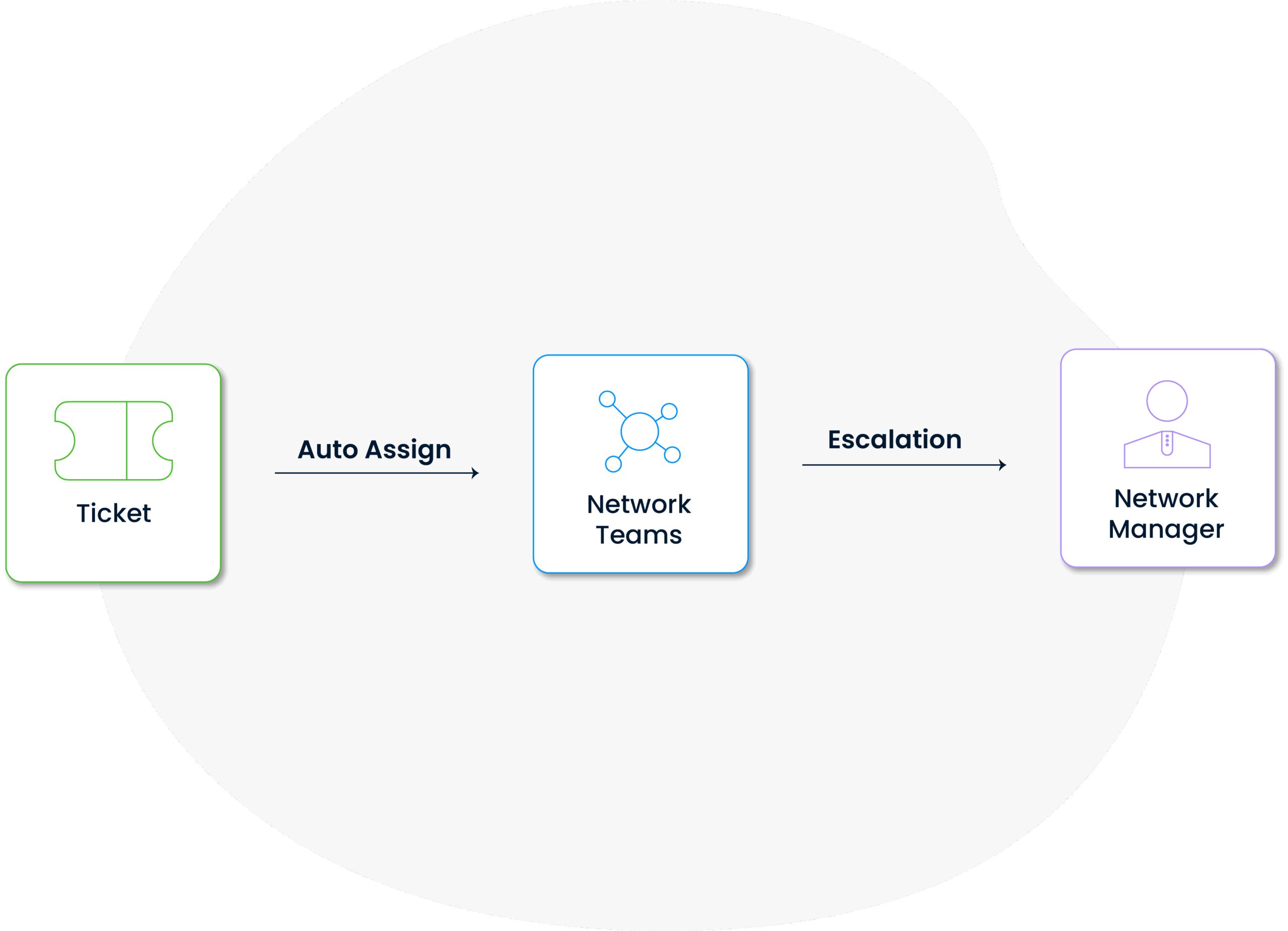
Warning: Undefined array key "background_image" in /home/spidyac/public_html/wp-content/plugins/elementor/includes/conditions.php on line 87
Warning: Trying to access array offset on value of type null in /home/spidyac/public_html/wp-content/plugins/elementor/includes/conditions.php on line 90
Warning: Undefined array key "background_image" in /home/spidyac/public_html/wp-content/plugins/elementor/includes/conditions.php on line 87
Warning: Trying to access array offset on value of type null in /home/spidyac/public_html/wp-content/plugins/elementor/includes/conditions.php on line 90
Warning: Undefined array key "background_image" in /home/spidyac/public_html/wp-content/plugins/elementor/includes/conditions.php on line 87
Warning: Trying to access array offset on value of type null in /home/spidyac/public_html/wp-content/plugins/elementor/includes/conditions.php on line 90
Warning: Undefined array key "background_image" in /home/spidyac/public_html/wp-content/plugins/elementor/includes/conditions.php on line 87
Warning: Trying to access array offset on value of type null in /home/spidyac/public_html/wp-content/plugins/elementor/includes/conditions.php on line 90
The system automatically assigns the entered incidents to the relevant teams or individuals according to their content and importance levels. This ensures that incidents are resolved correctly and time management is optimized.
In critical situations, incidents are automatically escalated to a higher level within the framework of defined rules, thus preventing time loss, ensuring rapid response and guaranteeing service continuity.
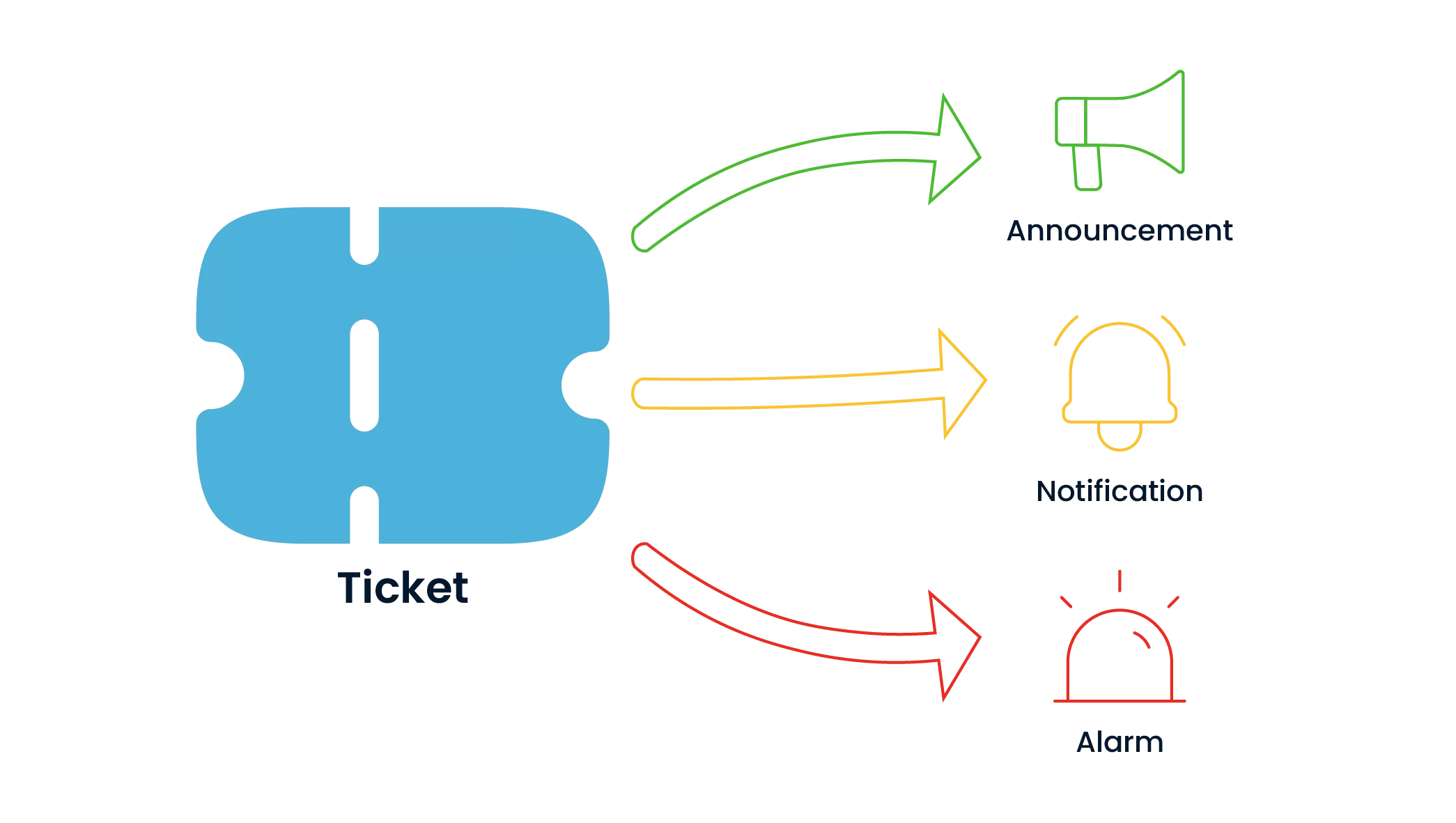
Warning: Undefined array key "background_image" in /home/spidyac/public_html/wp-content/plugins/elementor/includes/conditions.php on line 87
Warning: Trying to access array offset on value of type null in /home/spidyac/public_html/wp-content/plugins/elementor/includes/conditions.php on line 90
Warning: Undefined array key "background_image" in /home/spidyac/public_html/wp-content/plugins/elementor/includes/conditions.php on line 87
Warning: Trying to access array offset on value of type null in /home/spidyac/public_html/wp-content/plugins/elementor/includes/conditions.php on line 90
Any status change related to an incident is detected by the system and both the relevant teams and users are immediately informed. This mechanism prevents information gaps and communication breakdowns and ensures that all stakeholders have up-to-date information throughout the incident management process.
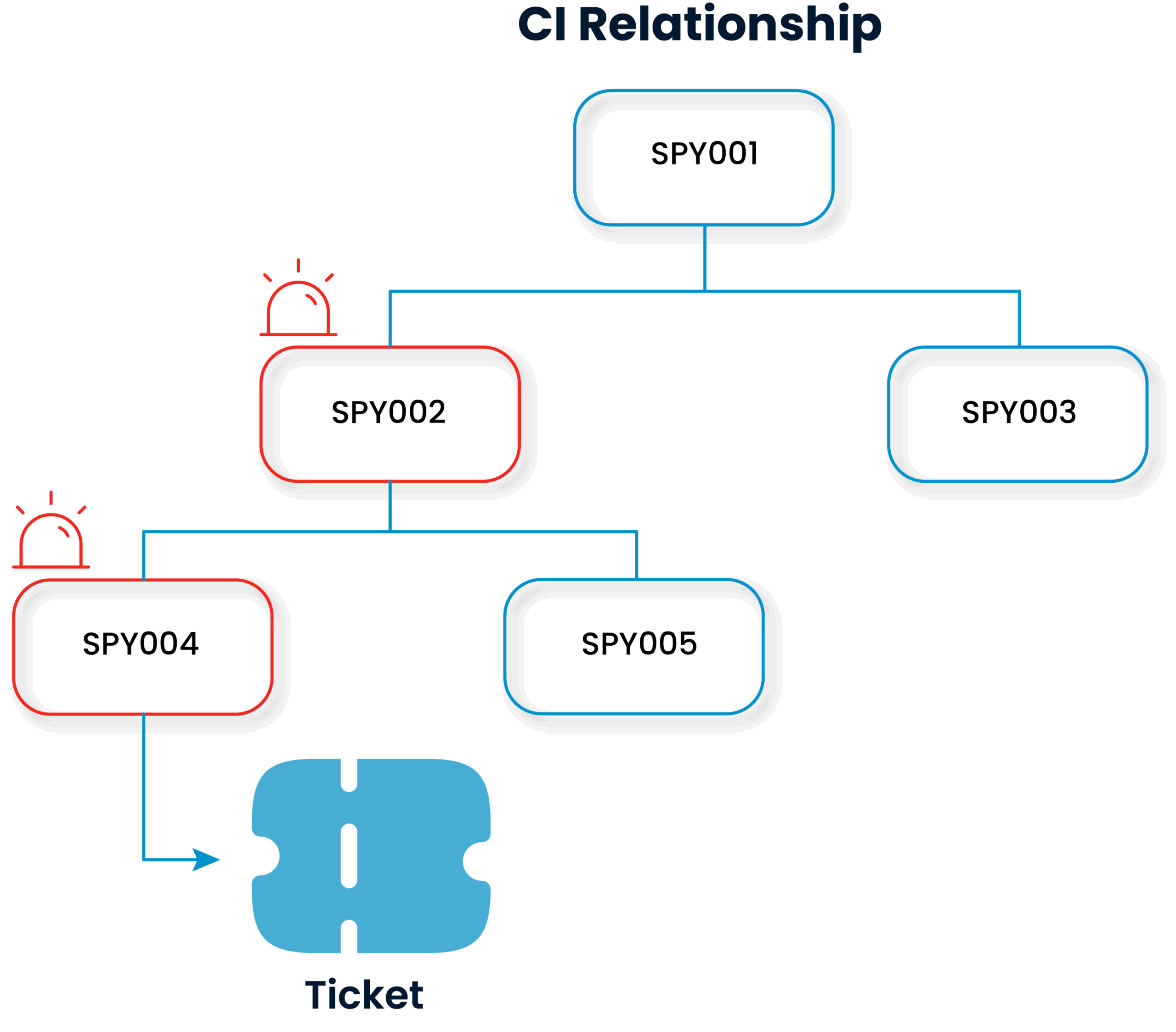
Warning: Undefined array key "background_image" in /home/spidyac/public_html/wp-content/plugins/elementor/includes/conditions.php on line 87
Warning: Trying to access array offset on value of type null in /home/spidyac/public_html/wp-content/plugins/elementor/includes/conditions.php on line 90
Warning: Undefined array key "background_image" in /home/spidyac/public_html/wp-content/plugins/elementor/includes/conditions.php on line 87
Warning: Trying to access array offset on value of type null in /home/spidyac/public_html/wp-content/plugins/elementor/includes/conditions.php on line 90
Warning: Undefined array key "background_image" in /home/spidyac/public_html/wp-content/plugins/elementor/includes/conditions.php on line 87
Warning: Trying to access array offset on value of type null in /home/spidyac/public_html/wp-content/plugins/elementor/includes/conditions.php on line 90
Warning: Undefined array key "background_image" in /home/spidyac/public_html/wp-content/plugins/elementor/includes/conditions.php on line 87
Warning: Trying to access array offset on value of type null in /home/spidyac/public_html/wp-content/plugins/elementor/includes/conditions.php on line 90
AI analyzes which systems, services or user groups each incident affects. These analyses clarify the impact of the incident on business processes and allow prioritization decisions to be made more strategically.
Resources are used more efficiently and response plans are created more effectively according to the criticality of the incident. Thus, the impact of failures on the business is minimized and operational efficiency is maintained.

Warning: Undefined array key "background_image" in /home/spidyac/public_html/wp-content/plugins/elementor/includes/conditions.php on line 87
Warning: Trying to access array offset on value of type null in /home/spidyac/public_html/wp-content/plugins/elementor/includes/conditions.php on line 90
Warning: Undefined array key "background_image" in /home/spidyac/public_html/wp-content/plugins/elementor/includes/conditions.php on line 87
Warning: Trying to access array offset on value of type null in /home/spidyac/public_html/wp-content/plugins/elementor/includes/conditions.php on line 90
Warning: Undefined array key "background_image" in /home/spidyac/public_html/wp-content/plugins/elementor/includes/conditions.php on line 87
Warning: Trying to access array offset on value of type null in /home/spidyac/public_html/wp-content/plugins/elementor/includes/conditions.php on line 90
Warning: Undefined array key "background_image" in /home/spidyac/public_html/wp-content/plugins/elementor/includes/conditions.php on line 87
Warning: Trying to access array offset on value of type null in /home/spidyac/public_html/wp-content/plugins/elementor/includes/conditions.php on line 90
For recurring incidents, artificial intelligence enables a detailed root cause analysis. In this way, structural improvements that will eliminate the root causes of incidents are implemented, not just temporary solutions.
The process both solves today ' s problems and develops a problem-oriented service approach by preventing similar incidents in the future.
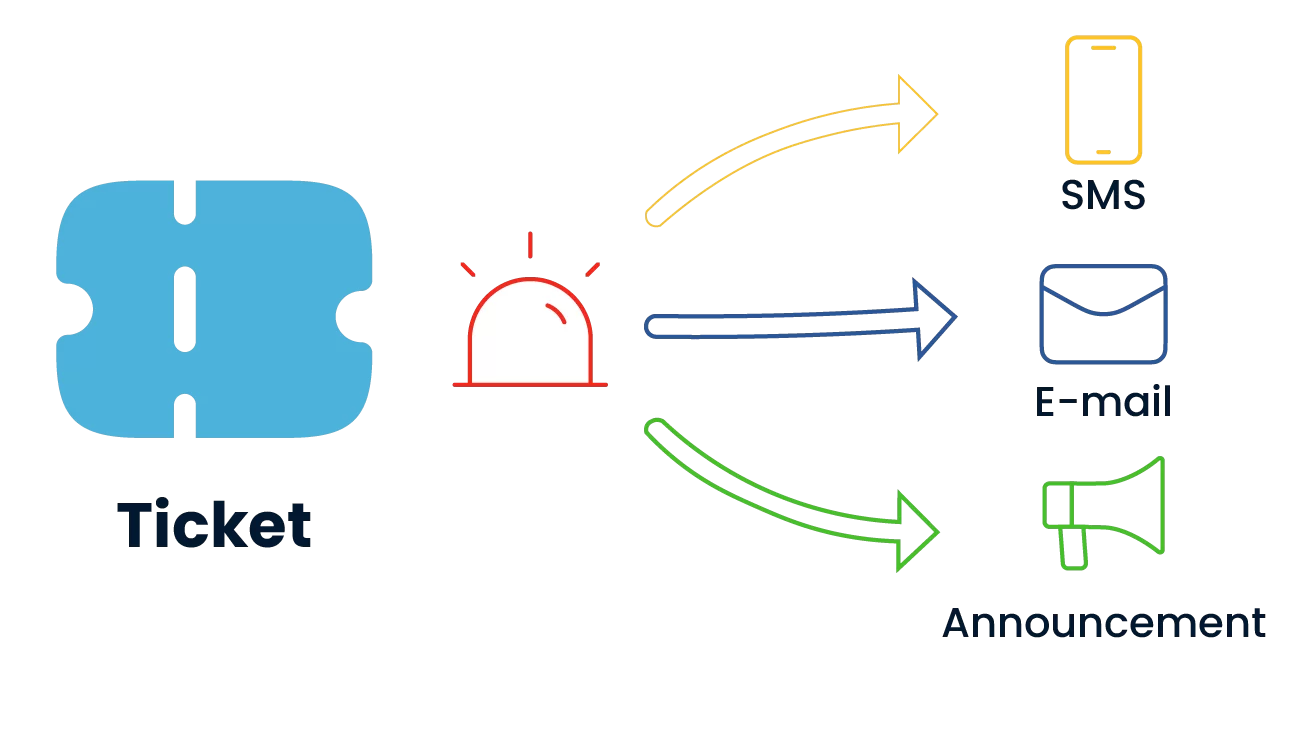
Warning: Undefined array key "background_image" in /home/spidyac/public_html/wp-content/plugins/elementor/includes/conditions.php on line 87
Warning: Trying to access array offset on value of type null in /home/spidyac/public_html/wp-content/plugins/elementor/includes/conditions.php on line 90
Warning: Undefined array key "background_image" in /home/spidyac/public_html/wp-content/plugins/elementor/includes/conditions.php on line 87
Warning: Trying to access array offset on value of type null in /home/spidyac/public_html/wp-content/plugins/elementor/includes/conditions.php on line 90
Warning: Undefined array key "background_image" in /home/spidyac/public_html/wp-content/plugins/elementor/includes/conditions.php on line 87
Warning: Trying to access array offset on value of type null in /home/spidyac/public_html/wp-content/plugins/elementor/includes/conditions.php on line 90
Warning: Undefined array key "background_image" in /home/spidyac/public_html/wp-content/plugins/elementor/includes/conditions.php on line 87
Warning: Trying to access array offset on value of type null in /home/spidyac/public_html/wp-content/plugins/elementor/includes/conditions.php on line 90
Developments related to each stage of the incident are automatically communicated to the relevant users and team members via e-mail, SMS or in-system notification. This structure increases the active participation of the parties throughout the entire process, increases the speed of decision-making and minimizes possible delays.
By providing a transparent and uninterrupted tracking environment, problem logging and intervention history becomes clearly traceable.

Thanks to the collection and automatic routing of incidents in a centralized system, IT teams can intervene instantly. Coordination is facilitated with notifications and status updates throughout the process; critical processes are kept under follow-up by creating a problem log. This ensures service continuity.

Recording every incident and establishing structures suitable for root cause analysis prevents the same incidents from recurring. This approach contributes to the systematic resolution of failures and long-term improvements by establishing a problem-oriented system.

Data such as frequency of incidents, resolution time and impact on services become reportable. This enables managers and users to analyze performance and make the right decisions in resource planning. At the same time, the business impact of failures can be clearly measured.

Events are tracked according to predetermined SLA periods. Automatic escalation mechanisms prevent critical violations and maintain service level commitments. Every event record in the process enables auditability and performance tracking.

Who, when and how each incident is handled is recorded in the system. Transparency is ensured throughout the process and an auditable infrastructure is created. Effective incident management ensures traceability and accountability in all processes.
Features of the Incident Management Module

Event Recording and Classification
Automatic Routing and Escalation
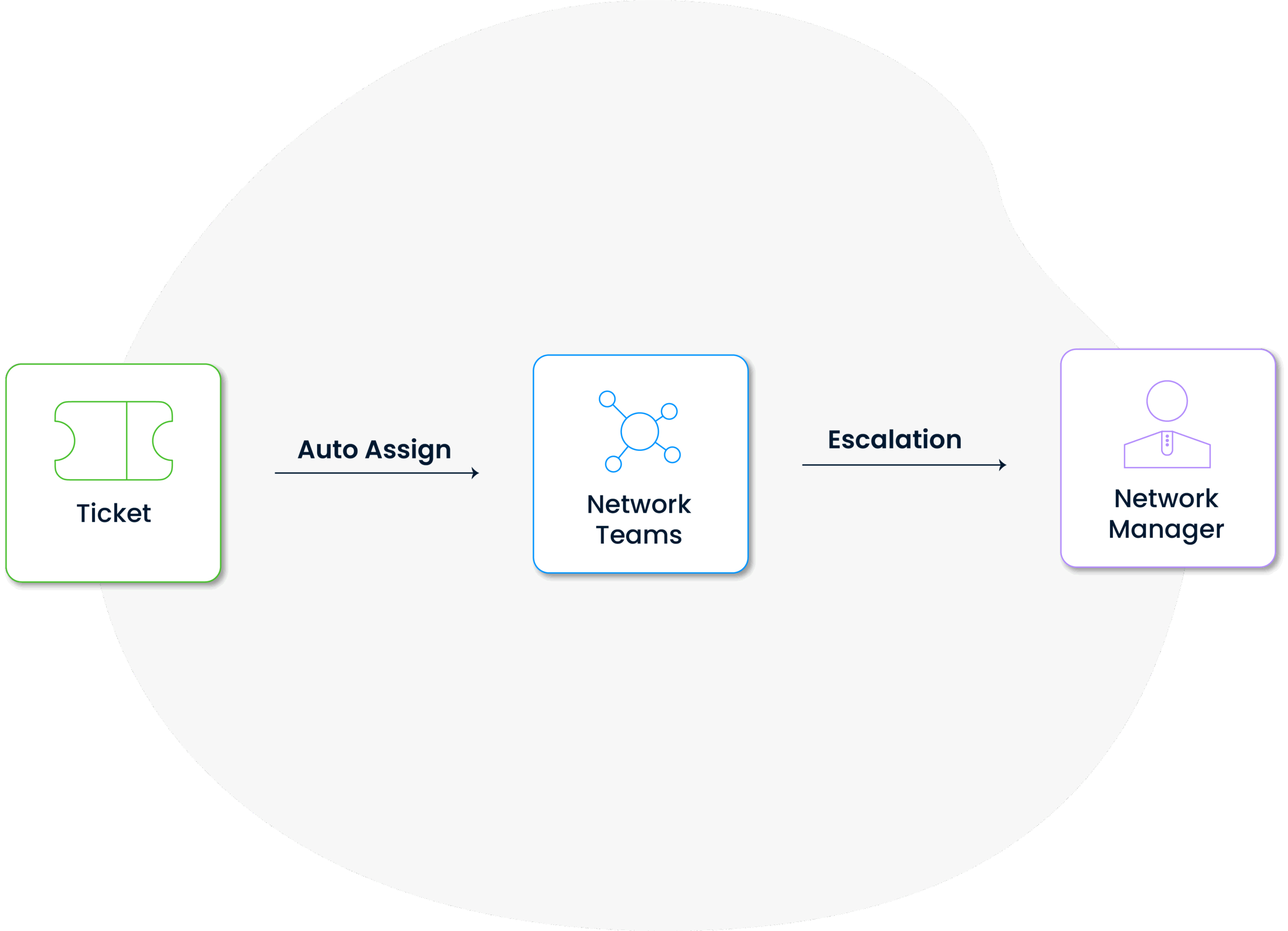

Automatic Notifications and Reminders
Impact and Priority Analysis with CI Relationship


Root Cause Analysis
Push Notifications and Updates







Frequently Asked Questions (FAQ)
Yes. In addition to manual entry, the platform can also record events automatically through monitoring tools, read emails or integrated software.
Absolutely yes. The platform automatically notifies both teams and managers and triggers the escalation chain when the SLA time is close to exceeding. Thanks to this structure, rapid intervention is ensured and disruptions in critical services are prevented.
Yes. Incidents can be classified according to levels such as low, medium, high and critical, enabling prioritybased management. This makes it easier to direct resources to the right areas and minimize the business impact of failures.
Of course. The platform can report the entire incident history in detail. You can filter by time period, category, team or service. Thus, past data can be analyzed and problem-oriented strategies can be developed.
Depending on the type of incident, the platform automatically alerts and teams can initiate a root cause analysis process. The actions and outputs determined in the process are recorded in the system. These records also create a problem record and contribute to the prevention of similar incidents in the future.
If You Have Any Other Questions, Contact Us!
Yes. In addition to manual entry, the platform can also record events automatically through monitoring tools, read emails or integrated software.
Absolutely yes. The platform automatically notifies both teams and managers and triggers the escalation chain when the SLA time is close to exceeding. Thanks to this structure, rapid intervention is ensured and disruptions in critical services are prevented.
Yes. Incidents can be classified according to levels such as low, medium, high and critical, enabling prioritybased management. This makes it easier to direct resources to the right areas and minimize the business impact of failures.
Of course. The platform can report the entire incident history in detail. You can filter by time period, category, team or service. Thus, past data can be analyzed and problem-oriented strategies can be developed.
Depending on the type of incident, the platform automatically alerts and teams can initiate a root cause analysis process. The actions and outputs determined in the process are recorded in the system. These records also create a problem record and contribute to the prevention of similar incidents in the future.
